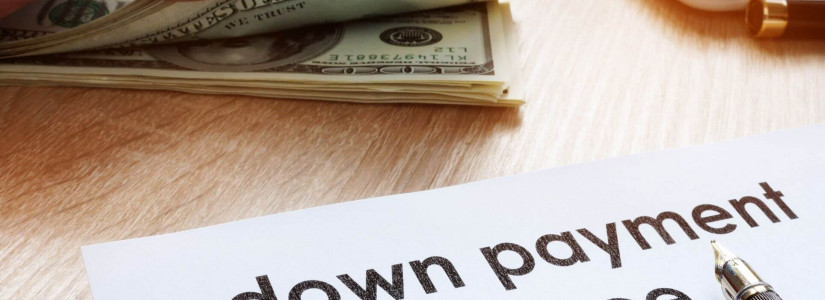8 Tips to Get the Lowest Mortgage Rates
Experts don’t expect a big drop in interest rates before the end of 2025, even if the Fed continues to cut their rates. So, if you want to save money on your next home loan, how can you get the lowest possible mortgage rate?
Which Lenders Offer the Lowest Rates?
A study by Yahoo Finance looked at almost 5,000 mortgage lenders using 2024 data. Surprisingly, the lenders with the absolute lowest rates only gave out a few loans—often to select or wealthy customers.
Some even offered super low interest rates from 2.4% to 4.75%. But these deals are rare and not available to most people.
Banks that work with select clients, credit unions for their members, and homebuilders who offer their own loans tend to have the lowest rates. But if you don't qualify for these, there are still things you can do to lower your mortgage rate.
8 Tips to Get a Lower Mortgage Rate
1. Improve Your Credit Score
Lenders use your credit score to decide your rate. A higher score usually means a lower rate. For example, a FICO score of 620 might give you a rate of 7.59%.
If you can boost your score to 640-659, the rate might drop to 7.43% or lower.
2. Lower Your Debt-to-Income Ratio (DTI)
DTI compares your monthly debts to your income. The less debt you have, the better your mortgage rate could be.
Lenders prefer DTI below 35%, and for the lowest rates, aim for 25% or less.
3. Make a Bigger Down Payment
You can get a mortgage with as little as 3% down, but paying more upfront can earn you a lower interest rate. In 2024, the average down payment for first-time buyers was 9%.
4. Buy Discount Points
Before buying points, make sure it’s worth the cost compared to how long you plan to own the home.
5. Get an Interest Rate Buydown
Sometimes, builders, sellers, or lenders may offer a “buydown” that temporarily lowers your rate for the first few years of your mortgage.
This can save money in the short term, but your payments could increase later, so run the numbers before deciding.
6. Consider an Adjustable-Rate Mortgage (ARM)
ARMs usually have a lower starting rate that can change after a few years.
If you think you'll move or refinance before the rate adjusts, this could save you money—just be sure you’re comfortable with the risk if rates rise.
7. Choose a Shorter Loan Term
Loans with shorter terms, like 15 or 20 years instead of 30, usually have lower rates.
However, your monthly payments will be higher because the loan is paid off faster.
8. Find an Assumable Mortgage
Some mortgages, like FHA, VA, or USDA loans, allow a new buyer to take over the existing low-rate loan.
Conventional loans usually don’t allow this, but if you find a seller with an assumable mortgage, it could be a great deal if you have enough cash for the down payment or equity.
-
Check out: Does Sending Buyer "Love Letters" To Home Sellers Work?











